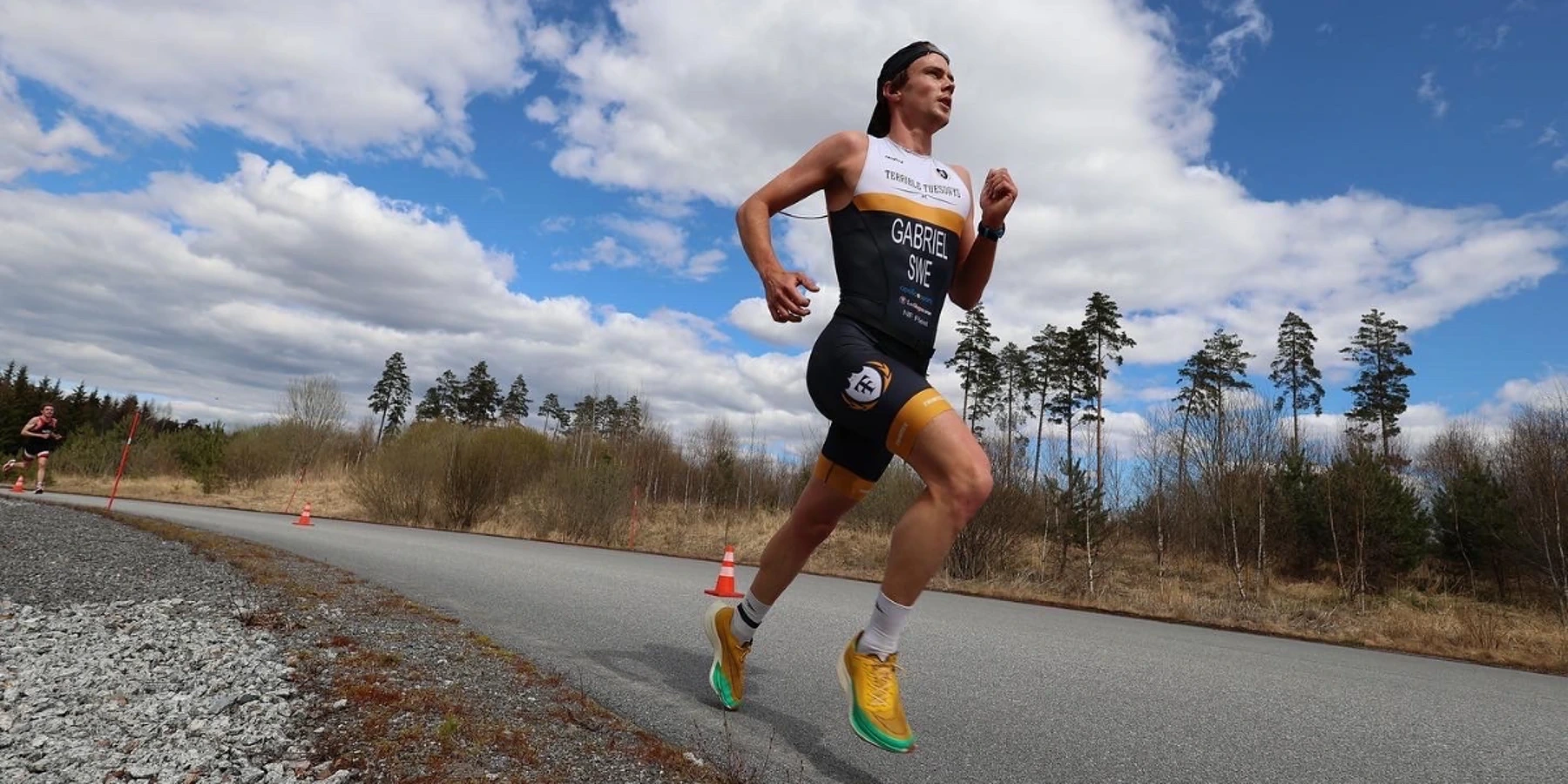
Basic Course in Exercise Physiology - Part 2
After gaining an understanding of how the body converts nutrients into energy and how muscles are structured, it's now time to move on to the two systems that tie everything together in the body: the cardiovascular system and the nervous system.
Cardiovascular System
The heart, lungs, blood, and blood vessels make up the cardiovascular system. Its primary role is to supply the body's organs and muscles with oxygen-rich blood.
Heart
The heart, this small muscle, weighs approximately 200-600 grams. It's the organ that many of us endurance athletes aim to strengthen, so it can pump out enough oxygen-rich blood at 195 beats per minute! In a well-trained athlete, the heart can pump around 40 liters of blood per minute! The frequency at which the heart beats is called pulse, and we can easily measure it manually or with a heart rate monitor to keep track of resting pulse and maximum pulse. By determining one's resting and maximum pulse, you can also find your threshold pulse. While maximum pulse decreases with age, it doesn't really say much about how fit a person is. On the other hand, a declining resting pulse is a good personal indicator, as it decreases slightly as one becomes more fit. The heart becomes more efficient and stronger with cardiovascular training, meaning it can pump more blood per beat and doesn't need to beat as often. For elite athletes, it's not uncommon to have a resting pulse down to 30 beats/min.
Blood
As mentioned, the heart pumps blood. Blood is made up of 99% red blood cells and blood plasma. In addition to this, there are platelets and white blood cells. During activity, blood's role is to transport essential substances like oxygen, carbohydrates, and fatty acids to the muscles and organs, as well as to remove carbon dioxide and lactate. The heat generated during activity is also transported by the blood to the skin for cooling. Blood also carries proteins (enzymes) and salts/minerals. Blood is pumped through arteries, which lead out from the heart to muscles and organs. Blood vessels branch out and become thinner, ultimately being called capillaries, which are ultra-thin and can transport blood all the way to the muscle where the exchange of blood between capillary and muscle occurs. Endurance training stimulates the body to create more capillaries, enhancing oxygen transport. After the exchange, waste products are removed, and the oxygen-depleted blood returns to the lungs through the veins.
Lungs
Last in the cardiovascular system are the lungs. These two sacs supply the body with oxygen and help us eliminate the carbon dioxide produced in energy processes. An adult has about 4-7 liters of lung volume, and the size of the person plays a significant role. In the lungs' alveoli, the exchange of oxygen and carbon dioxide takes place, and oxygen-rich blood can then continue to the heart to be pumped throughout the body. By measuring how much oxygen we inhale and exhale, we can determine oxygen uptake; more about oxygen uptake and its impact on performance will be discussed in part 3.
Nervous System
The nervous system is likely the most advanced system in the body, next to the brain, and is extremely important for our performance ability, even though it's somewhat more complex to explain. It's divided into the Central Nervous System (CNS), consisting of the brain and spinal cord, and the Peripheral Nervous System (PNS), which encompasses the remaining nerves in the body. The precision and speed of the nervous system are genetic and vary from person to person. However, it's possible to train it to function faster and more accurately (e.g., learning new movement patterns). As we grow up, we are in the "motoric golden age," making it easier for us to learn new things and movement patterns.
Besides the CNS and PNS, the nervous system is split into the Autonomic and Somatic systems. The autonomic controls parts of the body that we don't influence consciously, like vital functions such as heartbeat, breathing, and metabolic functions in the digestive system. Under the autonomic system lie the sympathetic and parasympathetic nervous systems, which accelerate and decelerate the body's functions. For instance, during intense physical activity, the parasympathetic system slows down the digestion process because more blood is needed in the active muscles, while the sympathetic system increases blood flow and raises the heart rate (pulse).
The part of the nervous system that we can influence at will is called the Somatic system, which also includes sensations in the skin and muscles. Through this system, muscle fibers are activated when a motor neuron stimulates the muscle fiber through an axon (nerve thread). Different activities activate different muscle fibers. The greater the force required, the more motor units (motor neurons + muscle fibers) are engaged.
This concludes the overview of the four categories of physiological systems governing the body and, consequently, our performance. Part 3 of the training science series will delve deeper into performance and the physiological factors that limit our physical ability.

